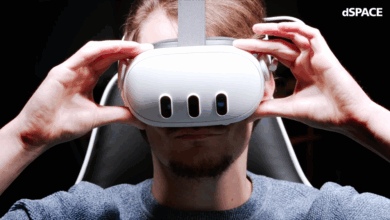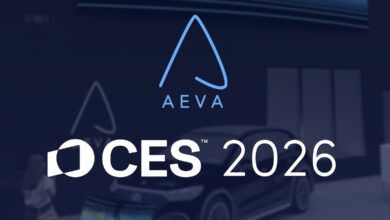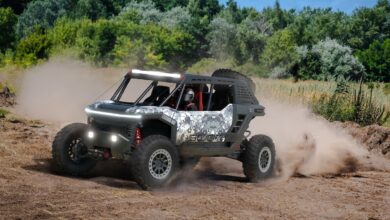Toyota Showcases Autonomous Advancements
Concept is to keep drivers engaged & work with vehicles as intelligent partners…

Toyota Research Institute (TRI) recently invited reporters for a deep dive into its new Accelerated Concepts program in active safety.
The international media event at Thunderhill Raceway in Willows, California, marked a first for TRI, offering journalists from the U.S. and Europe an opportunity to ride inside its research vehicles and simulators and experience firsthand how TRI is approaching autonomy, the company stated.
“TRI’s Human Interactive Driving (HID) team aims its research not at self-driving robo-taxis, but rather at active safety, incorporating both high autonomy and high driver engagement,” noted Toyota officials. “This approach makes driving both safer and more fun—keeping the driver engaged and working with the car as a truly intelligent partner.”
TRI also unveiled its Driving Sensei concept, which uses AI to help drivers gain mastery over the skills of driving through a combination of AI-driven instruction and AI-powered driver support.
“Safety is a top priority for Toyota,” said Gill Pratt, TRI CEO. “Our human-centered approach is discovering better, safer ways for humans and AI to collaborate. We’re amplifying people by building models that predict drivers’ actions, developing AI that enhances driver performance.”
Each research vehicle and simulator demonstrated different technologies developed under the HID team’s research pillars of Human-Focused Learning, Driver/Vehicle Performance and Safety, and Shared Autonomy.
Human-Focused Learning uses data-driven machine-learning techniques to create models of human behavior. From driver awareness to action and intent, these models ensure that technology will understand drivers and support them in the most natural way possible.
With Driver/Vehicle Performance and Safety, the team seeks to build expert-level driving skills with AI. Media members experienced this firsthand in the autonomous self-drifting Toyota Supra, testing the handling limits, and in a fully autonomous Lexus LC500, demonstrating its ability to avoid obstacles while charging down the track at high speeds.
The final component is Shared Autonomy, where AI and drivers work together for a safer and more enjoyable driving experience. Participants had time behind the wheel to test TRI’s custom-built Global Research Innovation Platform (GRIP), a research vehicle with four-wheel steering and in-wheel electric motors used to iterate driving research rapidly.
“Can we save more lives by bringing automated vehicle technology to more people in more places and sooner?” asked Avinash Balachandran, director of TRI’s Human Interactive Driving Division. “We think the answer is yes—by rethinking the way people and embodied technologies interact to create new experiences and value for our customers.”



